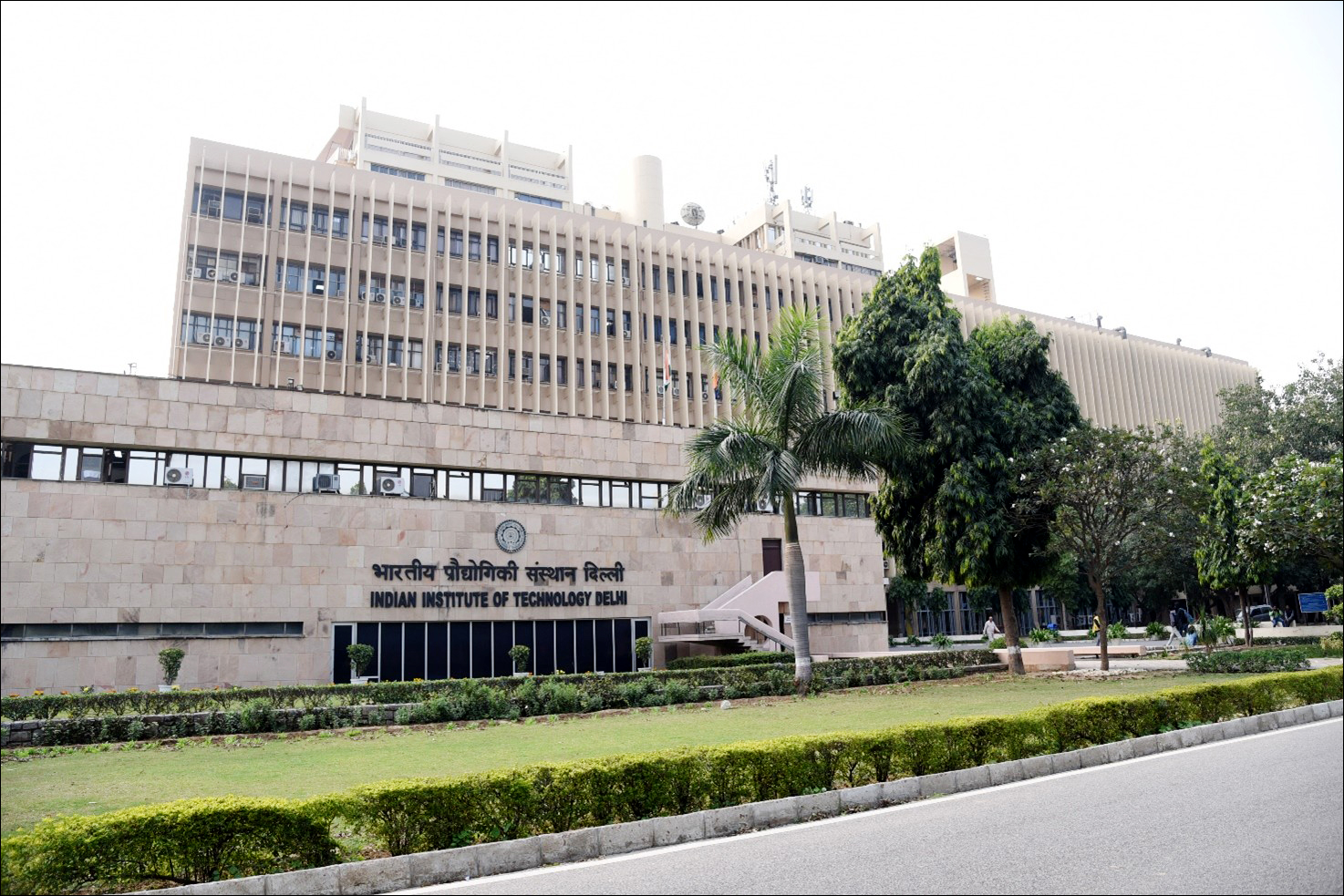Researchers at IIT Delhi have created a way to recycle denim waste into premium knitted clothing without sacrificing comfort or durability, which is a significant step towards sustainable fashion.
This idea presents a possible answer to one of the fashion industry’s most urgent environmental issues at a time when India produces around 3.9 million tonnes of post-consumer textile waste yearly, most of which ends up in landfills.
The study tackles a major issue in textile recycling: the loss of fibre strength and length during mechanical processing, which typically produces subpar materials. It is headed by professors Abhijit Majumdar and B. S. Butola from the Department of Textile and Fibre Engineering. The team was able to turn discarded denim into a yarn that maintained its quality while minimising damage to the fibre’s qualities by streamlining the recycling process.
Using seamless whole-garment technology, these yarns were then used to manufacture clothing with a 25%–75% recycled fibre content. The groundbreaking discovery is that up to 50% recycled yarn can be utilised without significantly altering the finished product’s feel or quality.
Majumdar clarified, “A softening treatment was applied to the fabric to reduce the roughness of recycled yarns.” “This made sure the clothes had the same tactile feel as virgin textiles.”
Crucially, denim is not the only material used in the process. He continued by saying, “We have shown our work with denim waste, and it can be extended to any other textile waste.”
The group also looked at how their strategy might benefit the environment in addition to material innovation. In order to quantify the impact, PhD researcher Satya Karmakar gathered data from the Panipat textile recycling cluster using Life Cycle Assessment (LCA) in the Indian context.
According to the analysis, recycling denim waste in this way can reduce ozone layer depletion by up to 60% and greenhouse gas emissions, acid rain, and fossil fuel depletion by 30–40%. The technique also lessens reliance on virgin cotton, which uses a lot of resources and accounts for 24% of the global warming impact during growing because of the heavy use of fertilisers, insecticides, and water.
Following publication of the results in the Journal of Cleaner Production, the team is now pursuing the next frontier: determining if textile waste can be recycled repeatedly without suffering appreciable deterioration.















Comments are closed